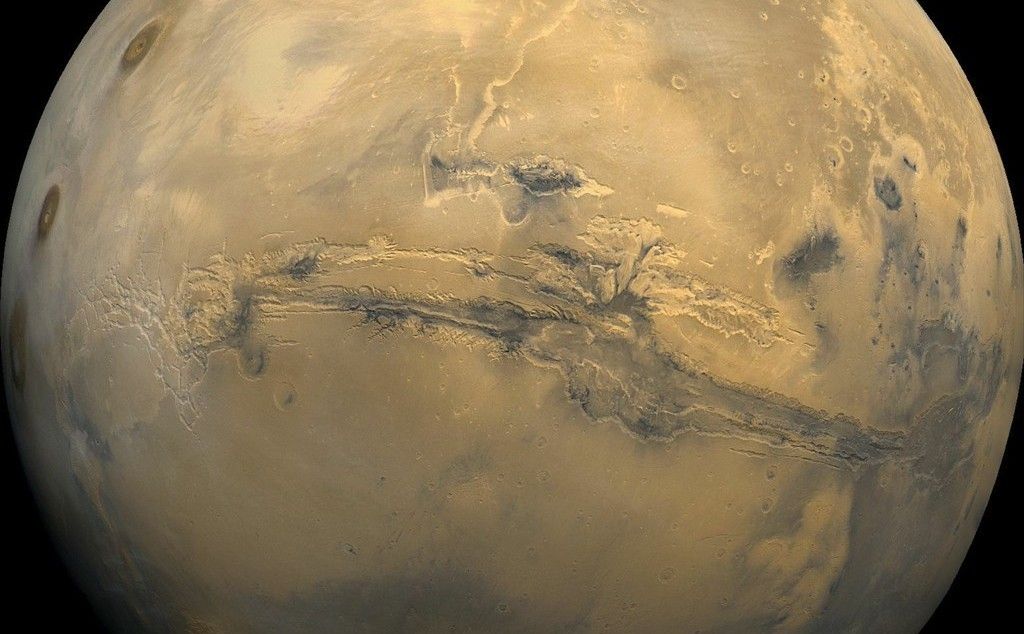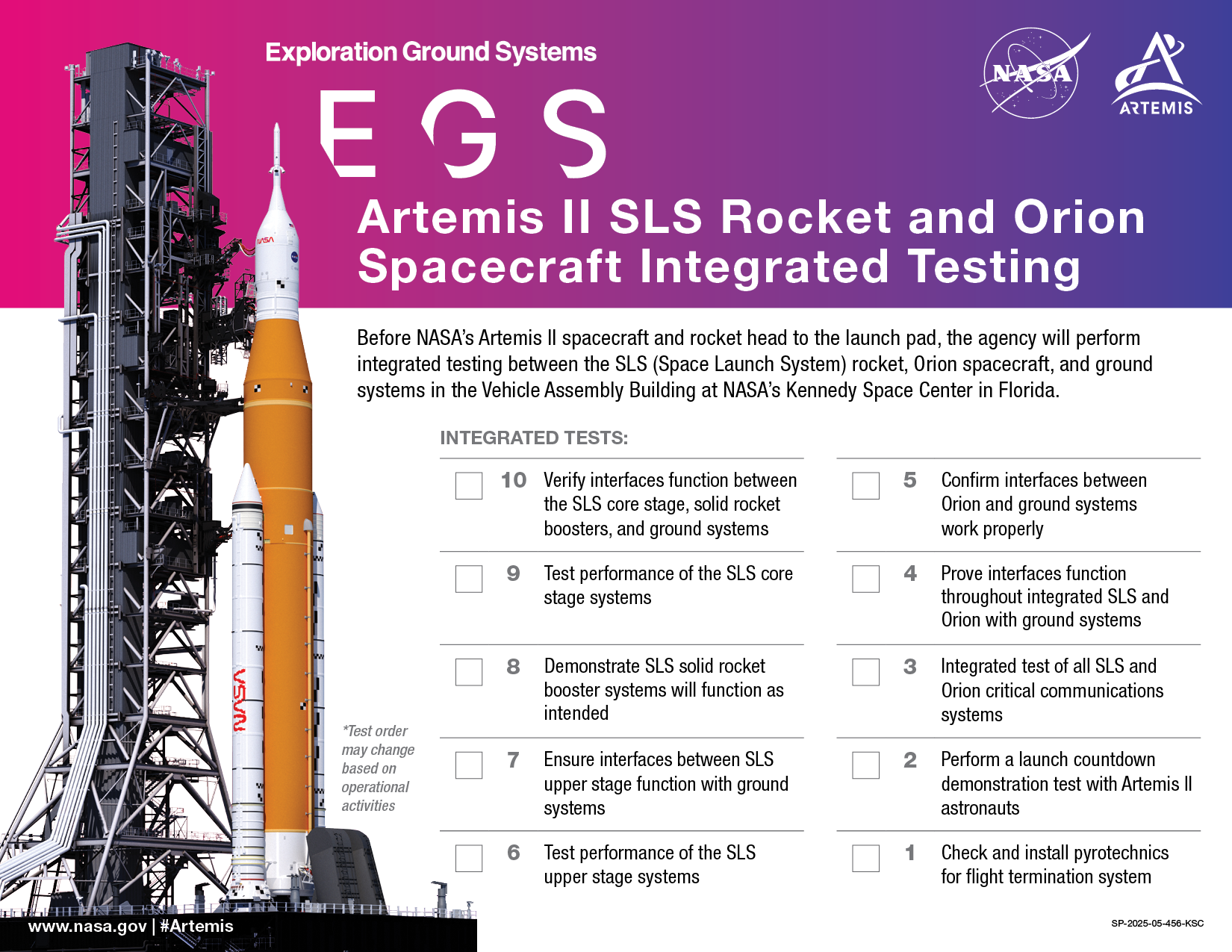Now Reading: NASA’s MAVEN Observes Atmospheric Sputtering on Mars for the First Time
-
01
NASA’s MAVEN Observes Atmospheric Sputtering on Mars for the First Time
NASA’s MAVEN Observes Atmospheric Sputtering on Mars for the First Time

Rapid Summary
- NASA’s MAVEN mission has directly observed the atmospheric escape process called sputtering on Mars for the first time.
- Sputtering involves energetic charged particles knocking atoms out of a planet’s atmosphere,contributing too atmospheric erosion.
- Scientists have long questioned where Mars’ water went and why liquid water no longer exists on its surface.
- Loss of mars’ magnetic field exposed its atmosphere to solar wind and storms,leading to its erosion and instability of liquid water.
- The study identified that sputtering happens at a rate four times higher than previously predicted, with acceleration during solar storms.
- This observation was made possible using simultaneous measurements from three MAVEN spacecraft instruments across diverse planetary altitudes over years.
- Findings confirm sputtering’s meaningful role in atmosphere loss during early Martian history and provide critical insights into past habitability conditions on the planet billions of years ago.
Indian Opinion Analysis
The direct observation of sputtering by NASA is significant for understanding planetary evolution beyond Earth. For India, with aspirations in deep space exploration as evidenced by missions like Chandrayaan and Mangalyaan, this study strengthens scientific frameworks around atmospheres in hostile environments. It underscores how mission longevity combined with high-tech instrumentation can reveal crucial data over time-an area where agencies like ISRO could innovate further.
Moreover,understanding atmospheric loss processes sharpens humanity’s vision toward interplanetary habitability-a topic relevant for India’s role in collaborative international projects aimed at long-term space exploration goals. Whether it inspires future Indian-led technologies or deepens global cooperation remains yet another exciting avenue worth observing.



























